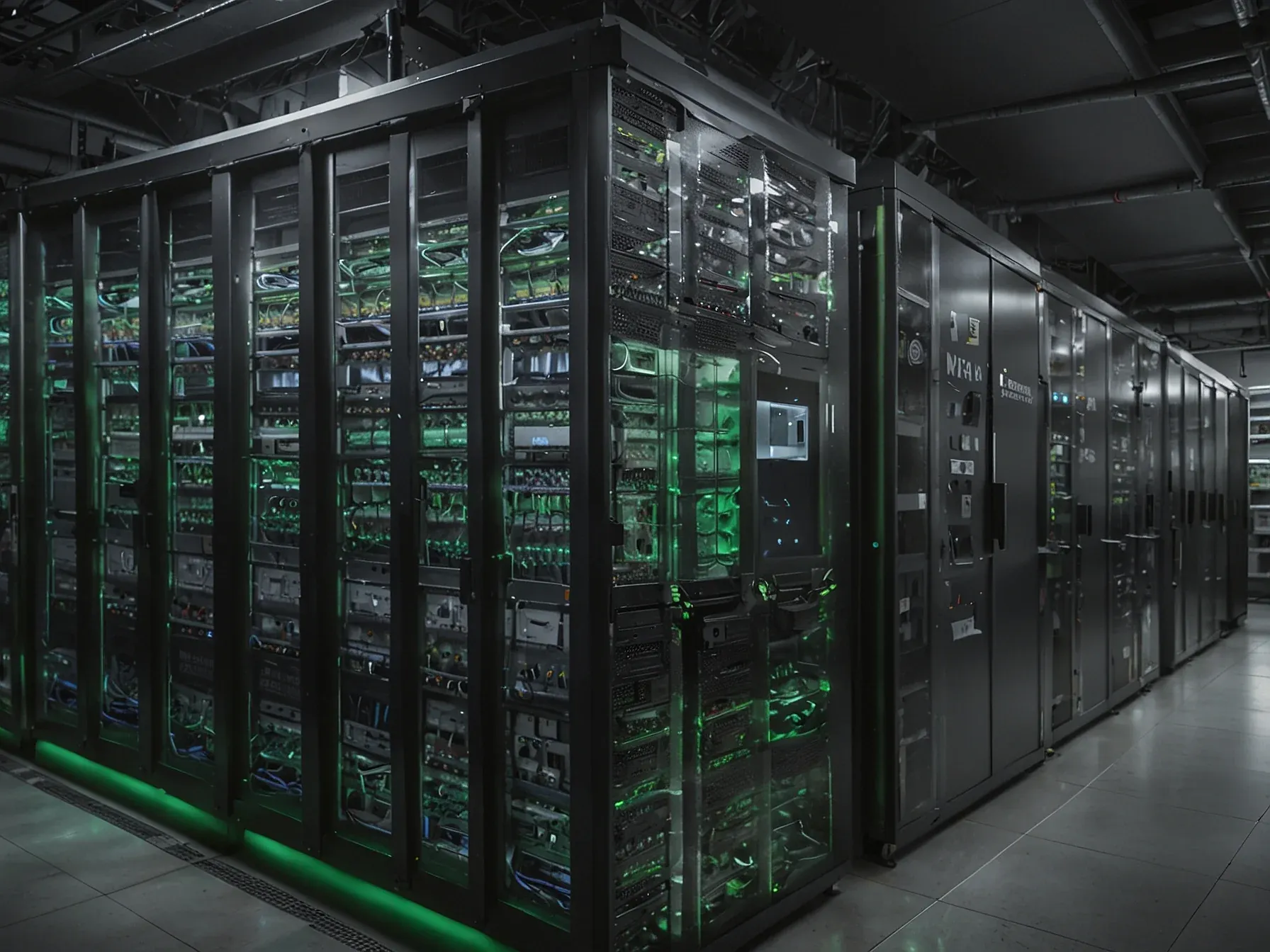
China offers cheaper electricity to AI firms abandoning NVIDIA chips
In a few Chinese cities, power utilities have started slashing rates for AI start-ups that agree to run their models on domestically made chips. The idea is simple: lower the electricity bill enough to make up for the extra kilowatts those home-grown processors tend to draw. NVIDIA’s GPUs still set the efficiency bar, so Chinese makers are playing catch-up and the difference shows up in the cost of juice.
Local officials, keen to flaunt their industrial muscle, are dangling the cheaper tariffs as a carrot for firms willing to ditch foreign hardware. AIM’s recent probe found three AI companies still mulling the switch - none have replied to the outlet’s questions yet. Officials say the subsidy could tip the scales for large-scale models, even if the chips “sip” more power per operation.
As municipalities scramble to woo these data-hungry players, the plan feels like a calculated trade-off: tolerate higher energy use now for a longer-term lift to the home-grown chip sector.
The new policy tries to offset the higher electricity draw of Chinese-made semiconductors, which lag behind NVIDIA’s in efficiency, according to reports. The three firms have not answered AIM’s queries. Meanwhile, local authorities keep competing to attract large-scale AI projects.
The new policy aims to offset the increased electricity consumption of Chinese-made semiconductors, which are less energy-efficient than those made by NVIDIA, according to reports. The three companies have not yet responded to AIM's queries. Local authorities have been competing to attract large-scale data projects by combining power subsidies with cash grants.
Some incentives can cover a data centre's operating costs for about a year. Industrial electricity prices in these western provinces are already approximately 30% lower than those in coastal China, and the subsidies will further reduce them to around RMB 0.4, or 5.6 US cents, per kilowatt-hour. By comparison, the average industrial electricity cost in the US is roughly 9.1 cents per kWh, according to the US Energy Information Administration.
Beijing's latest measures underline its intent to develop a self-sufficient AI and semiconductor ecosystem amid ongoing tensions with the US. According to experts, Chinese chips reportedly consume 30-50% more power than NVIDIA's models to produce the same computing output. Huawei has sought to counter this by clustering multiple Ascend 910C chips to enhance performance, though this increases energy usage.
Despite such challenges, China's centralised and relatively greener power grid offers cheaper energy than the US, with no imminent shortage.
Cheaper electricity might nudge some AI workloads away from NVIDIA, but it’s not a sure thing. The Financial Times says subsidies in places like Gansu, Guizhou and Inner Mongolia can slash power costs for data centres that run Chinese-made chips by up to half. Those discounts are aimed at firms using Huawei or Cambricon silicon, and the officials say the money is meant to offset the higher energy draw of home-grown semiconductors, which tend to be less efficient than NVIDIA’s.
Still, it’s unclear whether the financial boost will fully cover that gap or convince big operators to make the switch. Local governments seem to be out-bidding each other for projects, yet the three chipmakers haven’t replied to AIM’s questions, so their position stays vague. If the subsidies take off, China could lean less on U.S.
tech - a goal the state has been vocal about. Whether this will meaningfully lower AI deployment costs or reshape the country’s wider chip ambitions, however, remains doubtful.
Common Questions Answered
How does China's new electricity subsidy aim to offset the higher energy consumption of Chinese-made semiconductors compared to NVIDIA GPUs?
The subsidy reduces electricity bills for data centres using domestic chips by up to 50%, directly compensating for the lower energy efficiency of Chinese-made semiconductors. By lowering operating costs, the policy encourages AI firms to switch from NVIDIA GPUs to locally produced alternatives.
Which Chinese provinces are offering the electricity discounts, and which domestic chip manufacturers are targeted by the policy?
Provinces such as Gansu, Guizhou, and Inner Mongolia have announced the discounted rates. The incentives specifically target firms that adopt domestic silicon from manufacturers like Huawei and Cambricon.
What additional financial incentives, besides cheaper power, are local authorities providing to attract large‑scale AI data projects?
Local governments are combining the electricity subsidies with cash grants that can cover a data centre's operating costs for roughly a year. These combined incentives are part of a competitive effort to draw AI workloads away from foreign hardware providers.
Why might AI start‑ups consider abandoning NVIDIA chips in favor of Chinese-made processors despite the efficiency gap?
Although Chinese-made processors are currently less energy‑efficient than NVIDIA GPUs, the substantial reduction in electricity costs—potentially halving power bills—makes the total cost of ownership more attractive. The financial relief, coupled with regional subsidies, can offset the efficiency disadvantage for many AI firms.



